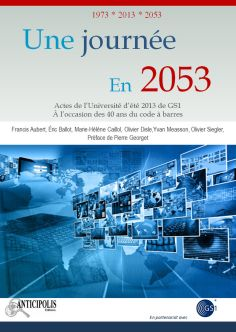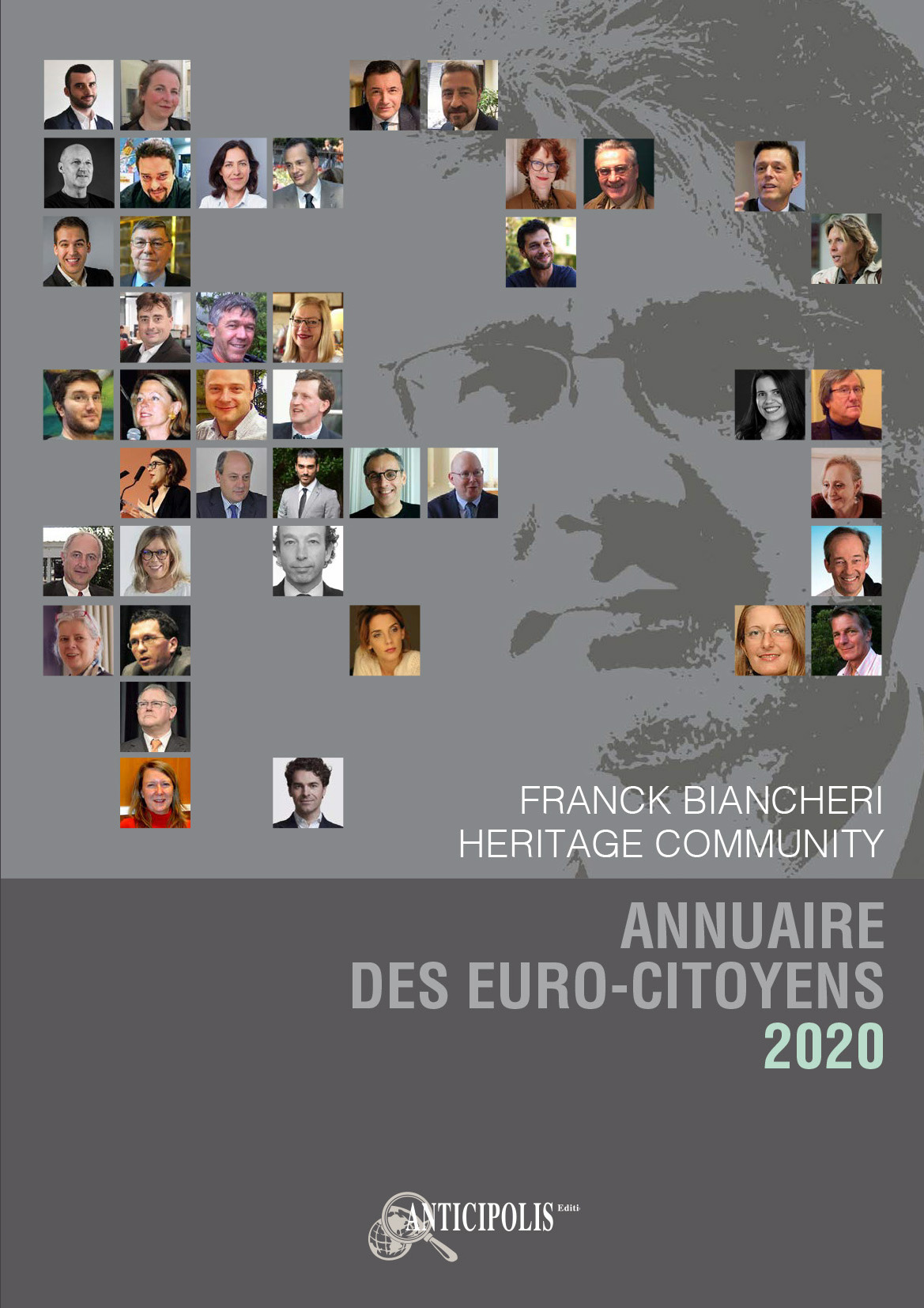INTRODUCTION
When the barcode first appeared in our lives 40 years ago, how did we imagine the daily life of people at the start of the 21st century? Everything, more or less, had been considered except the emergence of the Internet and the digital boom which have greatly upset our codes and consumption habits. Trying to project ourselves into 2053 today is not an easy exercise and certain factors, as yet unknown, will most certainly change our vision. But let us dare all the same to shine a spotlight on this future which is both near and far: how will we live in 2053? What will we eat? How will we do our shopping? What will be the major challenges for industry and commerce? What places will technologies hold in our everyday life? What relationship will we have with robots? Will we always move towards more globalization? What forms of governance are we heading towards?
Une Journée en 2053 is the compilation of the interventions of a conference organized by GS1 on the occasion of the 40 years of the bar code in August 2013, a conference whose characteristic was to bring together with happiness a panel of professionals from sufficiently diverse backgrounds to that there emerges a real “vision” of what our society could look like in 2053. This “vision” is based on the analysis of current problems to which men and women are working to provide solutions for the future. Six of them present their “work-modeler of the future” in this book.
Une Journée en 2053 is a free publication from Anticipolis editions, produced in partnership with GS1 France. Download Une Journée en 2053 for free and test our new electronic formats!












